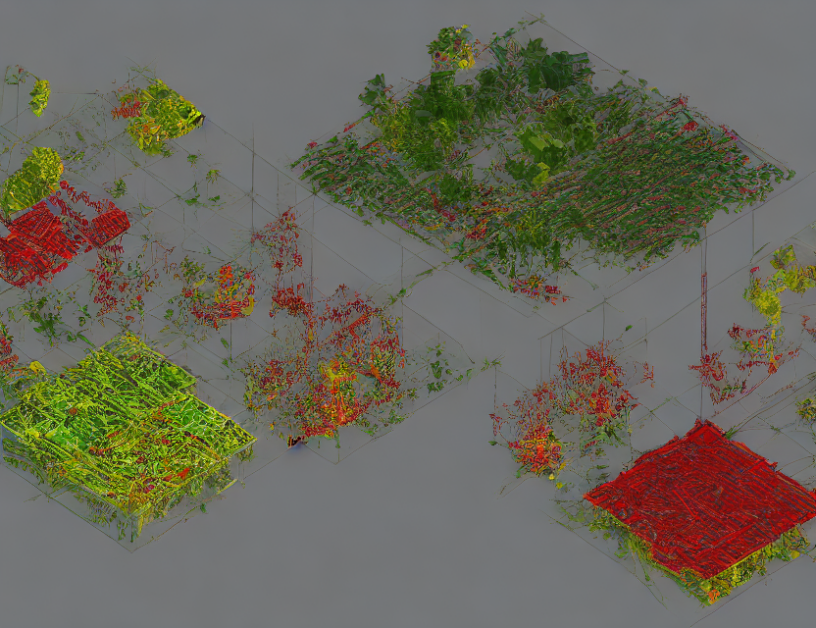In this article, we explore the concept of image quality evaluation using vision-language models. We start by analyzing the context provided in the question, which references several research papers related to image quality assessment. The authors then explain how these papers approach image quality evaluation and the different techniques used to evaluate it.
Firstly, they discuss the importance of considering both visual and linguistic aspects of image quality, as they can provide complementary information that improves overall evaluation accuracy. They also highlight the challenges in developing models that can effectively capture the complex relationships between visual and linguistic features.
To address these challenges, the authors propose a framework called Spotlight, which combines both visual and linguistic features to evaluate image quality. They describe how their model is trained on various pre-training tasks and fine-tuned using Adafactor optimizer with a learning rate of 0.1, batch size of 128, and image resolution of 512×512.
The authors then provide an overview of the datasets used in their experiments, which consist of a mixture of public datasets. They emphasize the importance of using a random sampling strategy to ensure equal sampling rates across these datasets.
They conclude by highlighting the potential applications of their proposed framework, including image editing and quality assessment in various domains. The authors demonstrate that their model achieves state-of-the-art performance on several benchmarks and show promising results in evaluating image quality under different scenarios.
Computer Science, Computer Vision and Pattern Recognition
Visual Quality Assessment and Human Attention Prediction: A Unified Model



